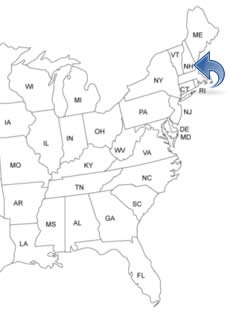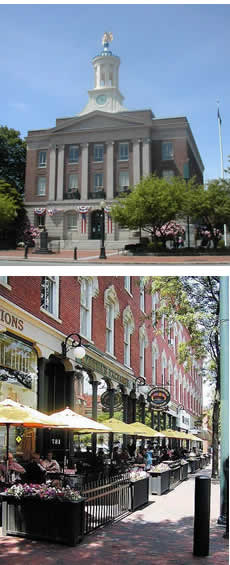NEW HAMPSHIRE PEOPLE SEARCH!
- ✔ Contact Info
- ✔ Phone Numbers
- ✔ Criminal Records
- ✔ Income Info
- ✔ Neighbors
- ✔ People's Age
- ✔ Property Ownership
- ✔ And Much More
Nashua, New Hampshire
Nashua is located in the southern part and is the second largest city in the U.S. State of New Hampshire. The Gate City. The Gate City. Nashua has twice been named the Best Place to Live in America in annual surveys by Money magazine. The popular shopping locations in Nashua are attractive due to New Hampshire not having a sales tax.
To See And To Do In Nashua
- Mine Falls Park
- Greely Park
- SkyVenture
- Downtown
- Shopping
- Golf
- Kinkade Thomas Pheasant Lane Gallery
- Abbot Spalding House Museum
- Florence Hyde Speare Memorial Museum
- Nashua Historical Society
History Of Nashua - Timeline
In 1655, Nashua was first settled as a fur trading town. But in 1666, Judge Edward Tyng purchased land in Nashua, at the time called Dunstable, and in 1673, his son, Jonathan Tyng, built a house in the section of the town which now bears his name, and many settlers now came to the area.
In 1674, the first recorded town meeting took place. In 1675, during King Philip's War, also called the First Indian War, many settlers abandoned the town when word of Indian massacres began reaching the settlers. Tyng fortified his home and fortresses was built and used by settlers who had stayed when an attack was on the way.
In 1677 and 1678, former settlers returned to their homes when the Indian war ended. In 1683, a large meeting house was built. In 1685, the First Church of Nashua was organized.
In 1691, The Abnakis tribe was attacking settlements in the area. One of the attacks took place on the night of September 2, 1691. Two adults and two children were slain. The Hassell Family Massacre is the name given to this attack. After those attacks, many settlers again left the town. In 1698, the settlers once again returned.
In 1702, war again broke out and the Indian attacks resumed on the settlers. Many settlers were killed and once again families took up their belongings and fled. The continued for many years but in 1713, settlers returned for the third time.
More people now arrived at the town and in 1746, Nashua (then still called Dunstable) gained its charter and became a New Hampshire town. In 1748, the first bridge over the Nashua River was built where today’s Main Street Bridge is. Until the American Revolution of 1776, Dunstable was mostly a farming community. But now many textile mills and cotton textile factories started in Nashua.
Other prime manufacture in town included ironworks, shirting, linens, shoes, wood products, and coated paper. Merchants and travelers came through Nashua and many taverns and hotels were built along Main Street.
In 1823, the Nashua Manufacturing Company, a cotton textile manufacturer, opened and it helped to create Nashua. In 1836, the towns name changed to Nashua. Daniel Abbot, a lawyer, had already in a speech given 1803, suggested that Dunstable should change his name to Nashua.
In 1842, a tax dispute split the town in two. The northern area called itself Nashville and the southern part Nashua. In 1843, the Town Hall was completed. In 1848, the Worcester & Nashua Railroad opened. In 1853, the tax dispute was resolved and the two communities were reincorporated as the city of Nashua.
Also in 1853, the Nashua Gas & Light Company illuminated Main Street from dusk until dawn by lamplight. In 1885, the first horse-drawn cars showed up in the city. In 1891, the first Police Station was built. In 1894, the electric streetcars were in use. In 1930, a fire destroyed almost 400 homes. In 1951, Sanders Associates, a defense contractor, bought the Jackson Mills building on Canal Street.

